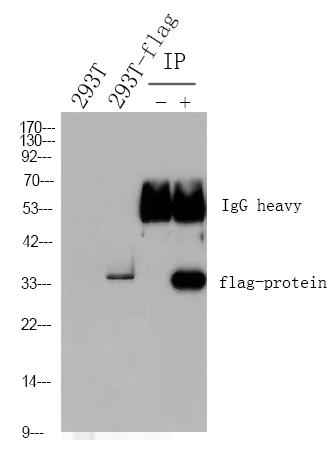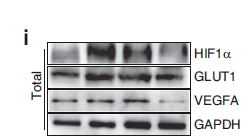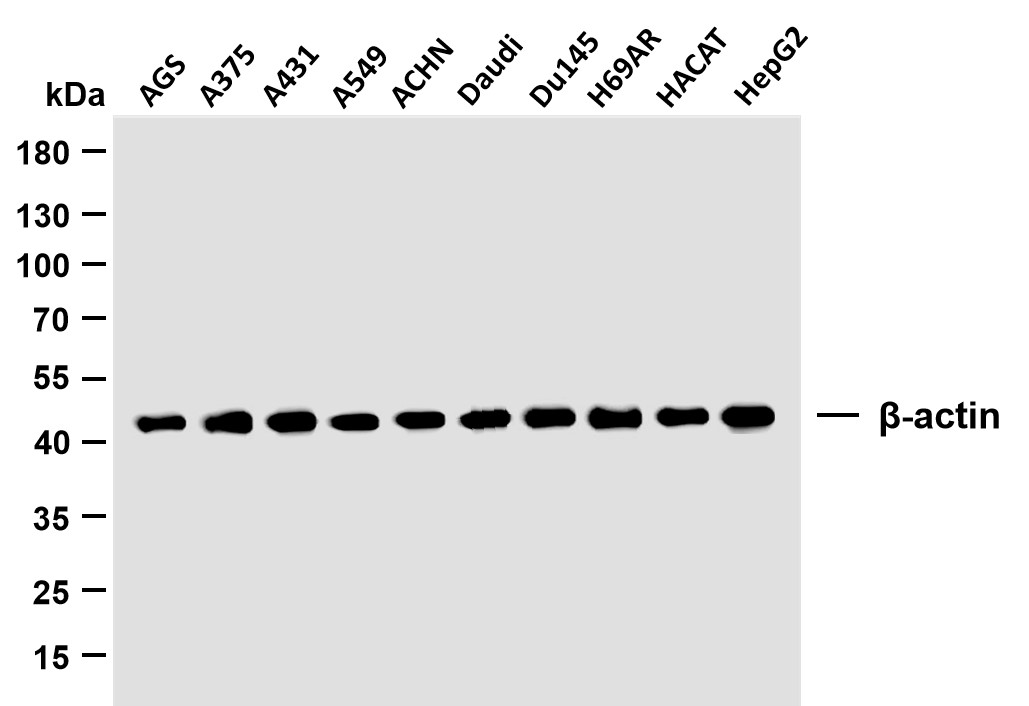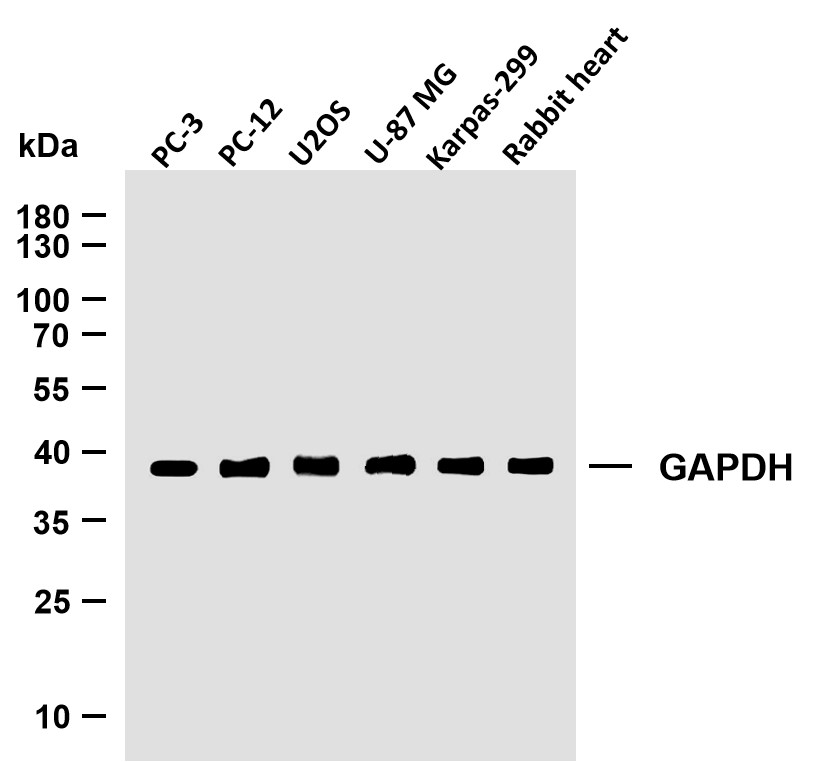
Catalog: YN0581
Size
Price
Status
Qty.
200μL
$450.00
In stock
0
100μL
$280.00
In stock
0
40μL
$150.00
In stock
0
Add to cart


Collected


Collect
Main Information
Target
CERU
Host Species
Rabbit
Reactivity
Human, Rat, Mouse,
Applications
WB, ELISA
MW
117kD (Observed)
Conjugate/Modification
Unmodified
Detailed Information
Recommended Dilution Ratio
WB 1:500-2000; ELISA 1:5000-20000
Formulation
Liquid in PBS containing 50% glycerol, and 0.02% sodium azide.
Specificity
CERU Polyclonal Antibody detects endogenous levels of protein.
Purification
The antibody was affinity-purified from rabbit antiserum by affinity-chromatography using epitope-specific immunogen.
Storage
-15°C to -25°C/1 year(Do not lower than -25°C)
Concentration
1 mg/ml
MW(Observed)
117kD
Modification
Unmodified
Clonality
Polyclonal
Isotype
IgG
Related Products
Antigen&Target Information
Immunogen:
Synthesized peptide derived from part region of human protein
show all
Specificity:
CERU Polyclonal Antibody detects endogenous levels of protein.
show all
Gene Name:
CP
show all
Protein Name:
Ceruloplasmin (Ferroxidase)
show all
Background:
The protein encoded by this gene is a metalloprotein that binds most of the copper in plasma and is involved in the peroxidation of Fe(II)transferrin to Fe(III) transferrin. Mutations in this gene cause aceruloplasminemia, which results in iron accumulation and tissue damage, and is associated with diabetes and neurologic abnormalities. Two transcript variants, one protein-coding and the other not protein-coding, have been found for this gene. [provided by RefSeq, Feb 2012],
show all
Function:
Catalytic activity:4 Fe(2+) + 4 H(+) + O(2) = 4 Fe(3+) + 2 H(2)O.,cofactor:Binds 6 copper ions per monomer.,Disease:Ceruloplasmin levels are decreased in Wilson disease, in which copper cannot be incorporated into ceruloplasmin in liver because of defects in the copper-transporting ATPase 2.,Disease:Defects in CP are the cause of aceruloplasminemia (ACERULOP) [MIM:604290]. It is an autosomal recessive disorder of iron metabolism characterized by iron accumulation in the brain as well as visceral organs. Clinical features consist of the triad of retinal degeneration, diabetes mellitus and neurological disturbances.,Function:Ceruloplasmin is a blue, copper-binding (6-7 atoms per molecule) glycoprotein. It has ferroxidase activity oxidizing Fe(2+) to Fe(3+) without releasing radical oxygen species. It is involved in iron transport across the cell membrane.,online information:Ceruloplasmin entry,similarity:Belongs to the multicopper oxidase family.,similarity:Contains 3 F5/8 type A domains.,similarity:Contains 6 plastocyanin-like domains.,tissue specificity:Expressed by the liver and secreted in plasma.,
show all
Cellular Localization:
Secreted. Colocalizes with GCP1 in secretory intracellular compartments. .
show all
Tissue Expression:
Expressed by the liver and secreted in plasma.
show all
Research Areas:
>>Porphyrin metabolism ;
>>Ferroptosis
>>Ferroptosis
show all
Signaling Pathway
Reference Citation({{totalcount}})
Catalog: YN0581
Size
Price
Status
Qty.
200μL
$450.00
In stock
0
100μL
$280.00
In stock
0
40μL
$150.00
In stock
0
Add to cart


Collected


Collect
Recently Viewed Products
Clear allPRODUCTS
CUSTOMIZED
ABOUT US
Toggle night Mode
{{pinfoXq.title || ''}}
Catalog: {{pinfoXq.catalog || ''}}
Filter:
All
{{item.name}}
{{pinfo.title}}
-{{pinfo.catalog}}
Main Information
Target
{{pinfo.target}}
Reactivity
{{pinfo.react}}
Applications
{{pinfo.applicat}}
Conjugate/Modification
{{pinfo.coupling}}/{{pinfo.modific}}
MW (kDa)
{{pinfo.mwcalc}}
Host Species
{{pinfo.hostspec}}
Isotype
{{pinfo.isotype}}
Product {{index}}/{{pcount}}
Prev
Next
{{pvTitle}}
Scroll wheel zooms the picture
{{pvDescr}}



















